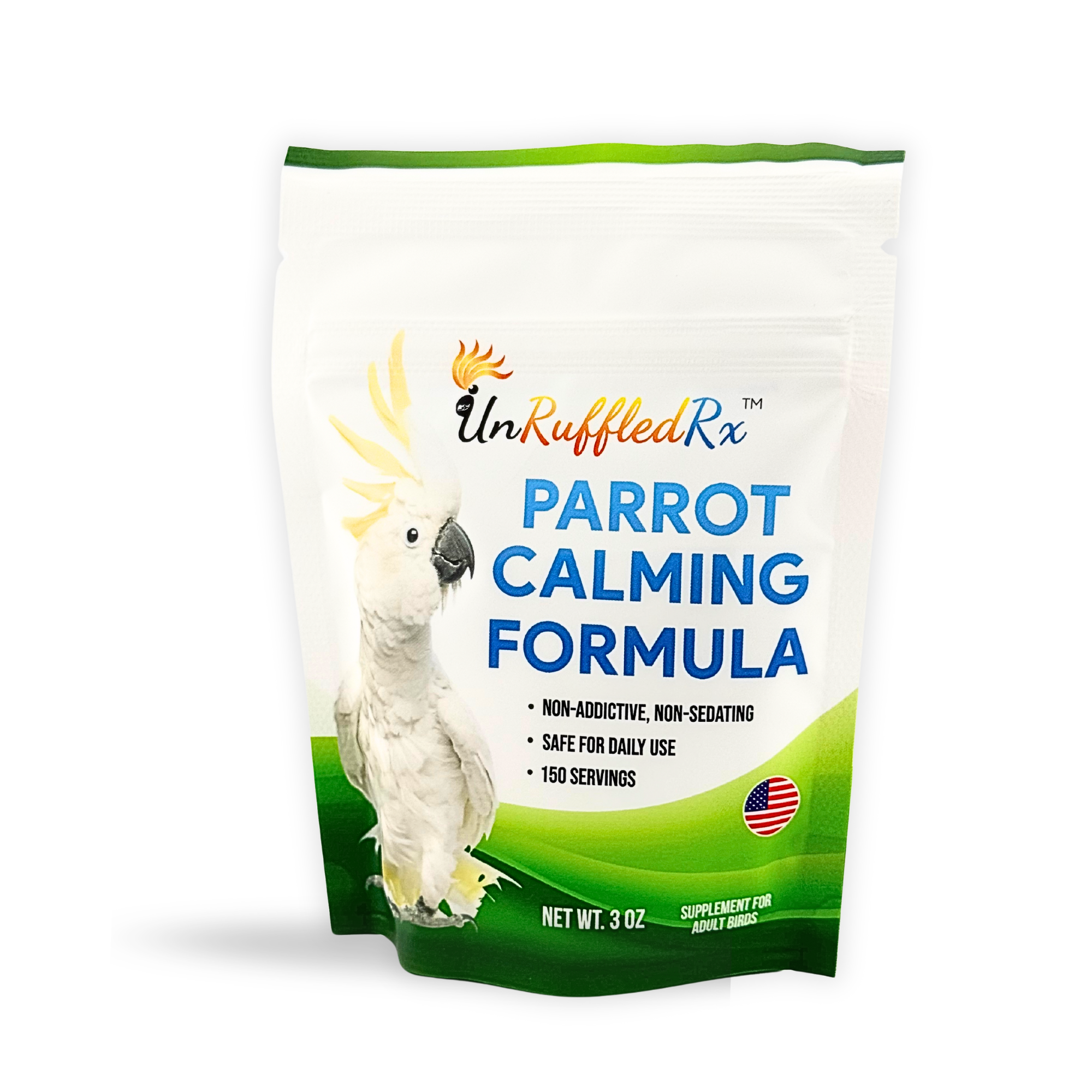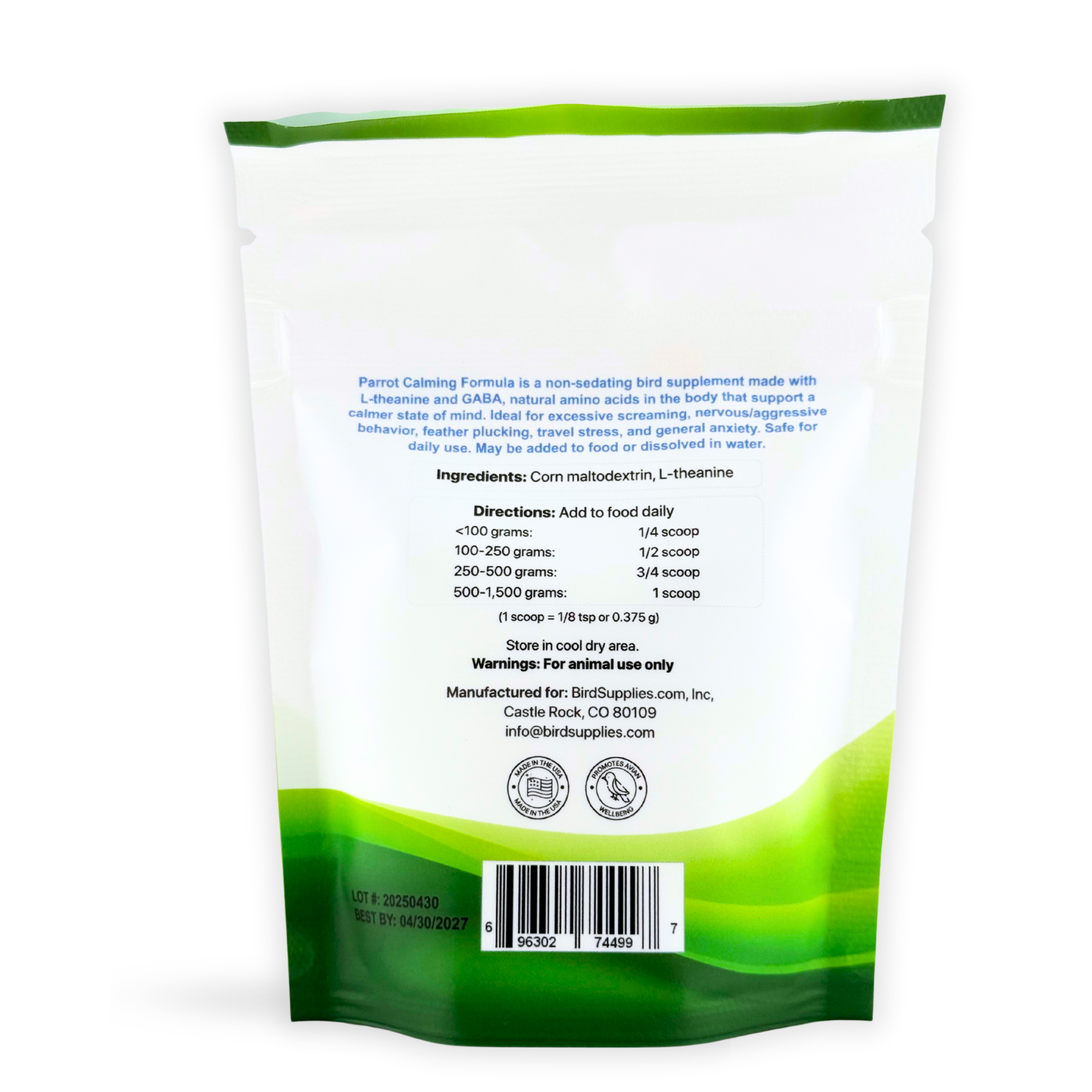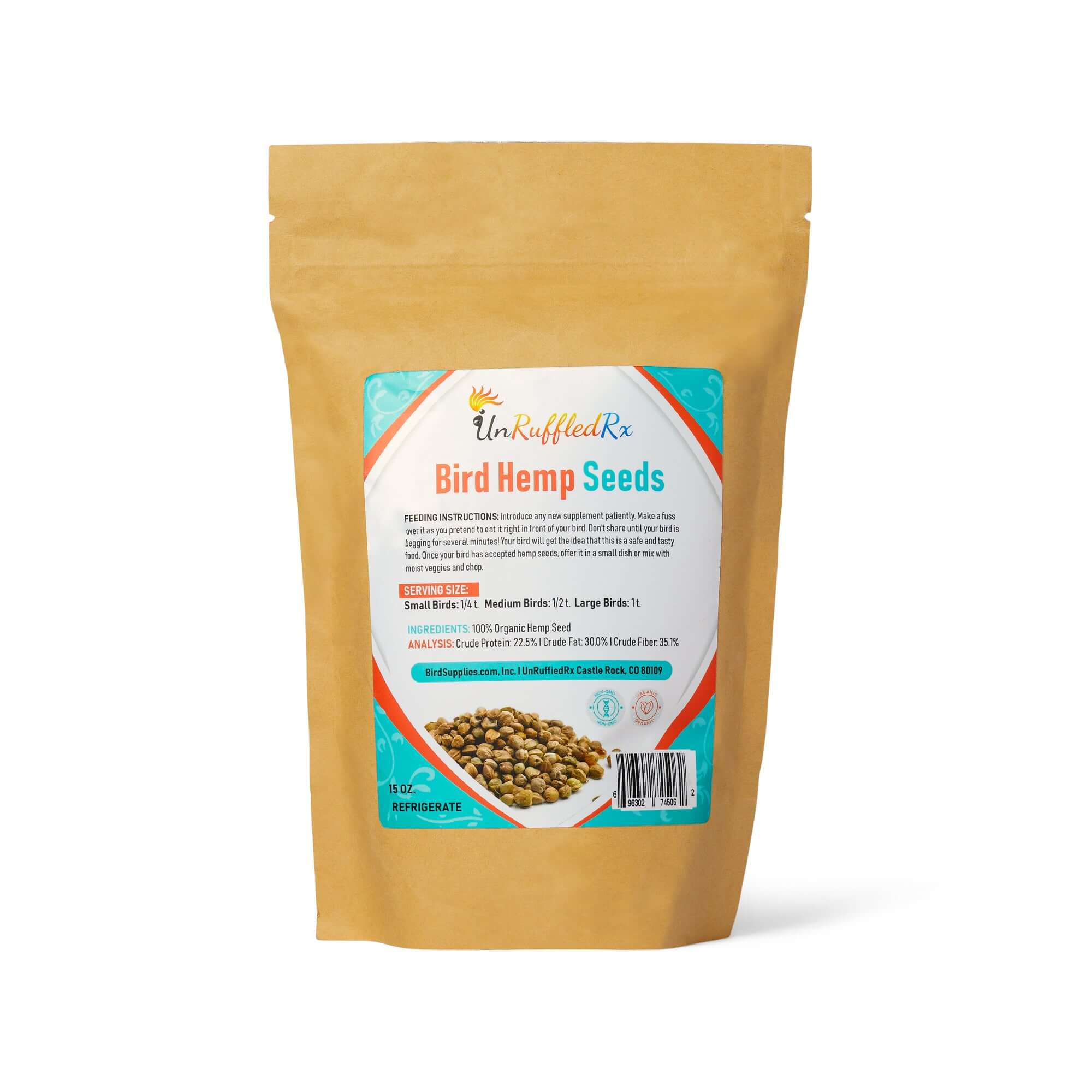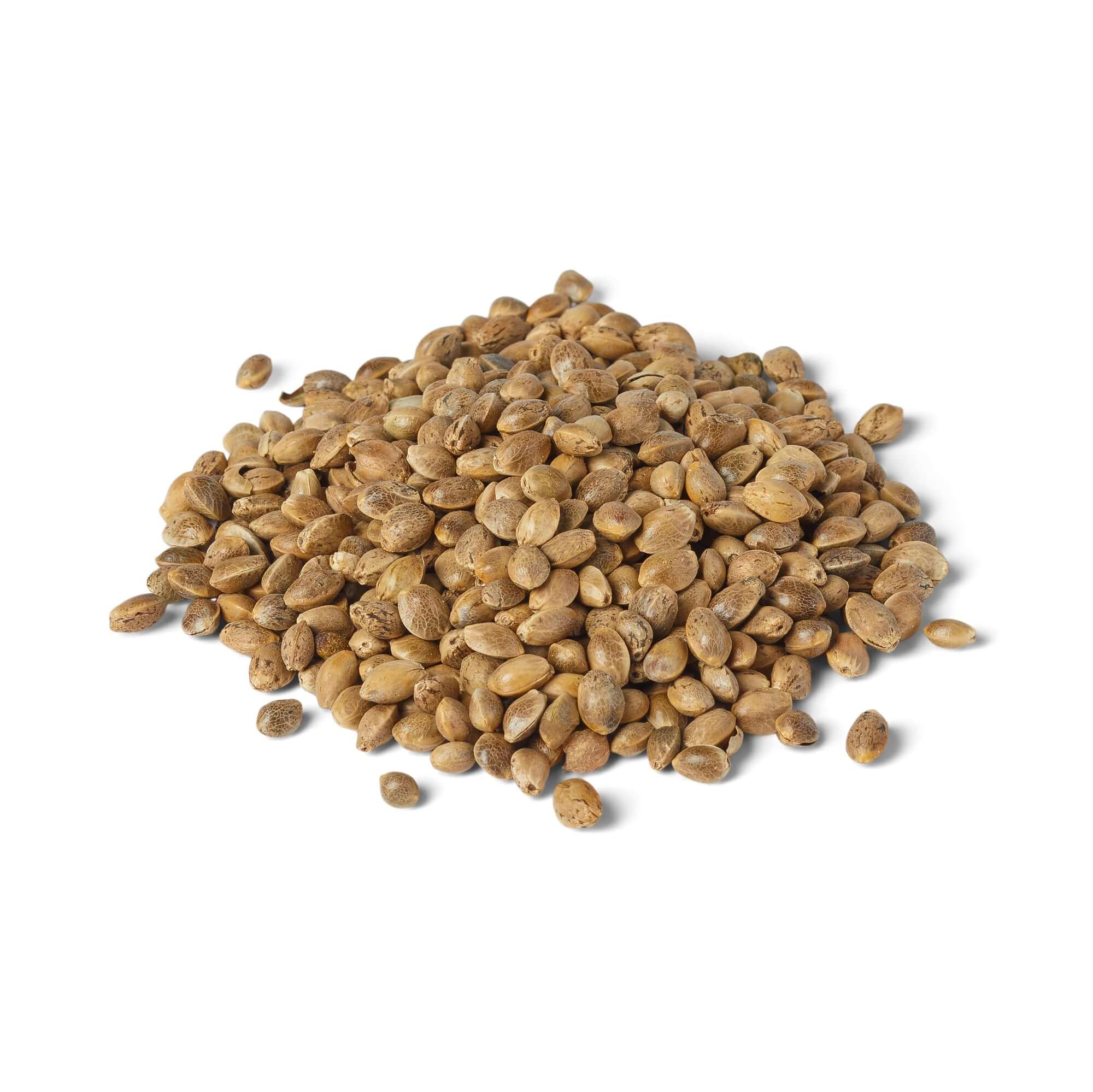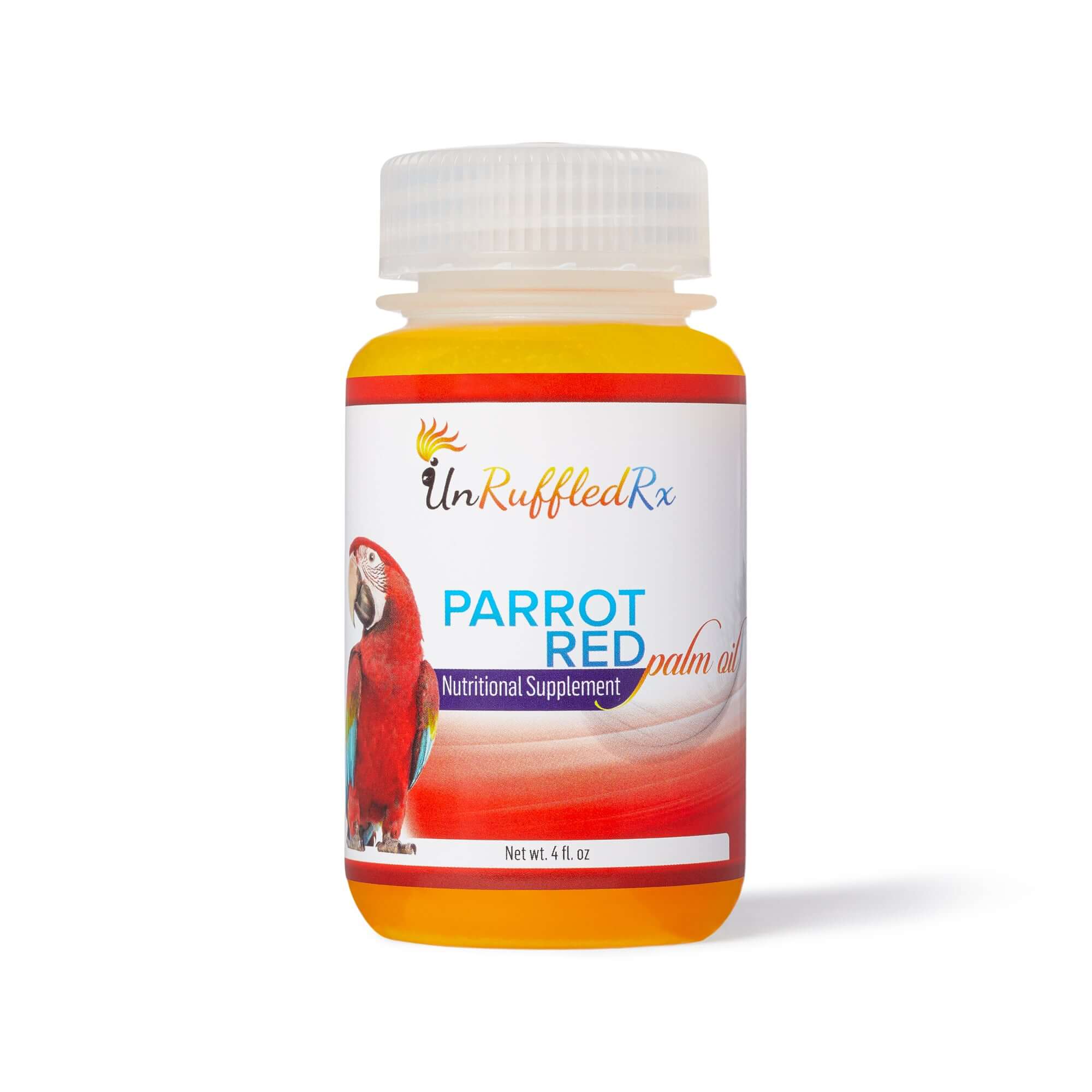Table of Contents
By Diane Burroughs
Revised 9/8/2022
Did you know that parrots are some of the smartest creatures on earth? Did you know that with the right training, your parrot can be taught to do some awesome bird tricks?.
One of the most effective ways to teach your bird tricks is to choose bird training treats that motivate your pet to pay attention and keep trying to figure out the behavior that you're looking for.
Training your bird may seem like an uphill battle. But, it doesn't have to be. Choosing the right bird training treats and using positive reinforcement can make all the difference. Find out which treats your bird loves and let the training begin!
What is a birds favorite treat?
Here's the secret. You should pick a few bird treats that your bird absolutely loves and only use them for bird-training purposes.
Popular bird treats are nuts and fruits, however, some birds love a particular seed.
Several nuts and fruits are popular bird training treats, but some birds are really going for the seeds. Use these simple steps to see which treats your bird is drawn to.
- You can take your pick from a top brand name bird treat from popular bird food manufacturers like Kaytee, Zupreem or Vitakraft. Pick something with a wide range of ingredients including nuts, vegetables, fruits and seeds.
Little birds often love seeds. Try a range of seeds from millet to safflower, to sunflower seeds. Remember, a small amount of seeds used for training is very different than a complete, only-seed diet. - Wow your feathered friend with a batch of treats! Place your bird on the table or on a bird stand. Scoop up a spoonful of treats and show your bird. If your bird is scared of the spoon, place 3 – 5 treats on a flat surface for your bird to view.
- Watch closely as your bird makes his way through his treat tray. Notice which one he goes for first. If you're using the tabletop method, you may have to tap the table to get your bird's attention.
- Do this over and over again making a tally of which treats are chosen to pick the first, second, and third place winners.
Keep your pet's favorite treats under lock and key! Use them only when you're training your bird.
What is the best way to train a bird?
Now that we have an idea of which treats will actually get your bird going, how do you make the most of your bird training sessions?
Before you start bird training, you must have the Click and Treat technique down pat. I use a spiral wrist wrap with a keyring to secure a plastic measuring spoon and clicker to my wrist. This allows me to quickly click and treat the behavior I’m training for, helping to speed up the training process.
>Next, make sure that your treats are ready. Prepare them now. Your pieces should be just the right size for your particular bird. A cockatiel would need something about the size of a grain of rice, while a large cockatoo would need something about the size of a Tic Tac.
How often should I give my bird treats?
Training your bird for a new behavior is like training for a marathon. It takes patience and consistency. To teach a new behavior, you'll need to do a lot of clicking and treating! At first, you'll be doing a lot of clicking and treating on approximation behaviors. Then, as the bird starts to perform the behavior every time you give the cue, cut back on either how quickly you reward your bird or how often you reward them.
In conclusion, a bird that trusts that you'll keep training sessions to be positive and pleasurable will work very hard to learn and perform new behaviors and do whatever it takes to make you happy. In addition to bird treats, maintain a perky attitude, and lavish your bird with praise. Always end your training session on a positive note when your bird has just received a reward. You'll be amazed at how quickly your bird learns to do bird tricks and look to you for expected behavior.
Related Posts:
How To Train Birds With Positive Reinforcement
6 Easy Ways To Train Your Bird Using Positive Reinforcement
Choosing Bird Training Supplies For The Best Results
References:
https://psychology.uiowa.edu/comparative-cognition-laboratory/glossary/shaping#:
https://www.dog-training-excellence.com/target-training.html
Diane Burroughs, LCSW is a licensed psychotherapist trained in ABA therapy techniques. She specializes in avian anxiety disorders and is certified in Nutrition For Mental Health. Diane has written a number of bird behavior books and she offers behavior consultations. She's developed a range of UnRuffledRx Science-backed Parrot Wellness Supplies.
Diane's products have been featured in the Journal of Avian Medicine and Surgery and at Exoticscon, a conference for exotic pet veterinarians. Her bird collars & supplements are stocked in avian vet clinics and bird stores throughout the US. With over 30 years in the field of behavior, Diane has created thousands of successful individualized behavior plans that help pets thrive.
TAGS: #BirdTreats #BirdTrainingTreats
SHARING IS CARING! PLEASE SHARE ON YOUR FAVORITE SOCIAL MEDIA NOW!








